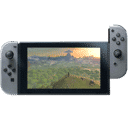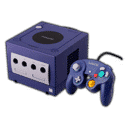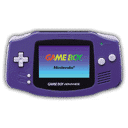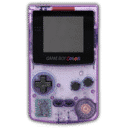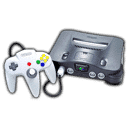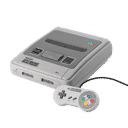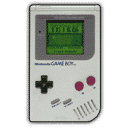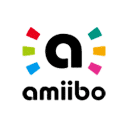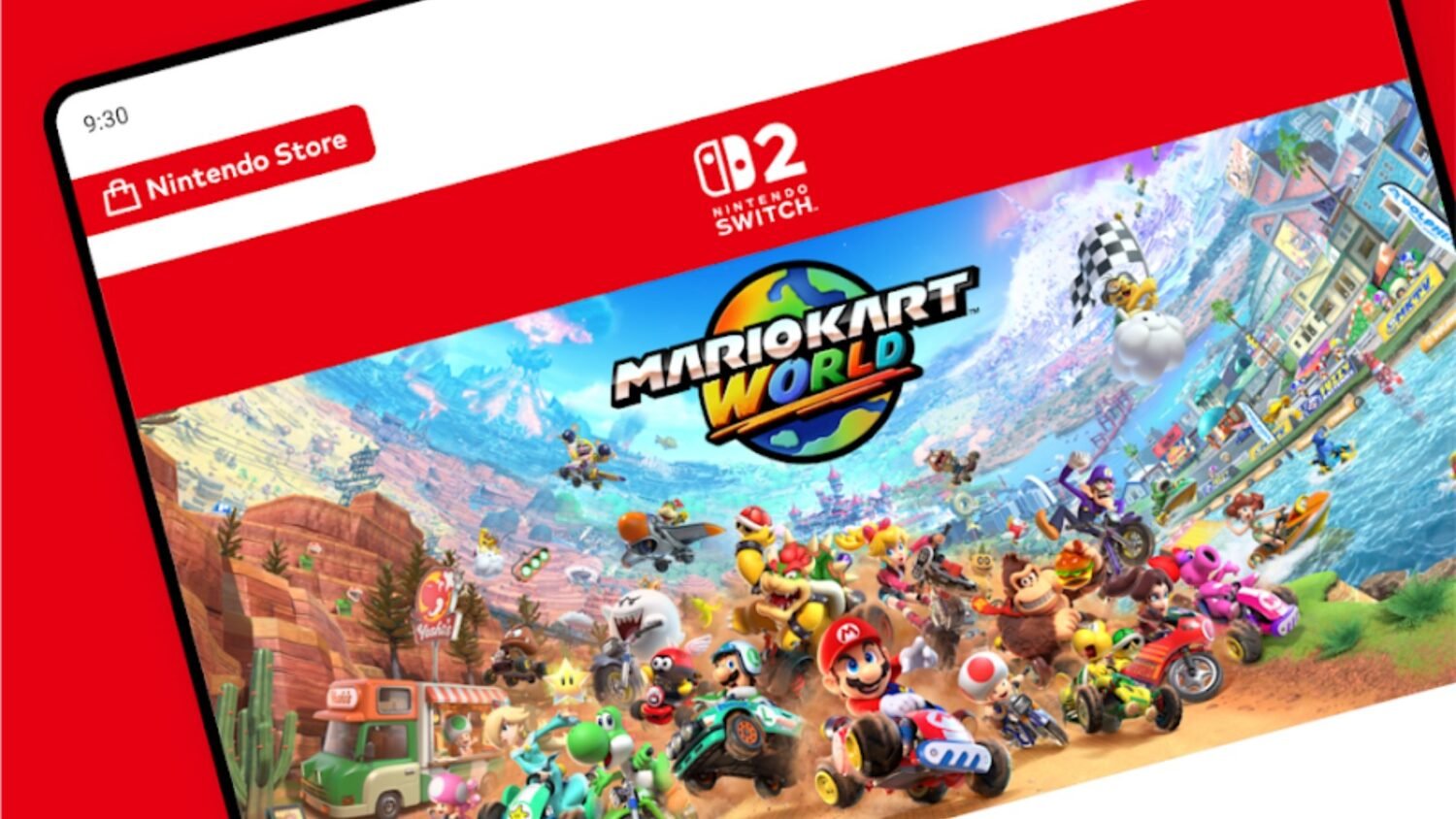
Summary:
The Nintendo Store app has stepped out of Japan and into your pocket, bringing a clean way to browse systems, accessories, games, and official merchandise on iOS and Android. It’s a rebrand of the long-running My Nintendo app, but the upgrade is bigger than a new name. You can skim fresh announcements, manage wish lists, and get pinged when prices drop. If you link your Nintendo Account—and your NNID if you had a 3DS or Wii U—you can review your play activity up to the 2020 cutoff for those older systems, plus your time on Switch and Switch 2. Purchases hand off to My Nintendo Store in your browser, which keeps the app fast while giving you full checkout options. Availability is rolling out across major regions, with a few exceptions, and requirements are modest (modern iOS and Android). The result is a quicker, more organized way to keep tabs on what’s new, what’s discounted, and how much you’ve actually played—all without wrestling with a slow storefront. If you live for new releases, love a tidy collection, or simply want smarter notifications, this app makes daily Nintendo life smoother.
What the Nintendo Store app is
The Nintendo Store app brings Nintendo’s catalog, news, and account-linked perks into a single, tidy place on your phone. Think of it as a quick-launch hub: browse hardware, accessories, and both physical and digital games, then jump straight to My Nintendo Store to buy. Because it isn’t shouldering the full weight of checkout, it stays snappy and easy to navigate on older devices. Beyond shopping, it centralizes useful extras—wish lists, sale alerts, event check-ins, and a feed of official updates—so you spend less time tapping through menus and more time deciding what to play next. If you’ve juggled browser tabs, console menus, and spreadsheets to track it all, this is the first time those pieces click together on mobile in a way that feels deliberate and fast.
The My Nintendo to Nintendo Store rebrand in plain terms
In Japan, the app lived for years as “My Nintendo.” The global rollout arrives with a new name—Nintendo Store—and a clearer purpose: put shopping and essentials front and center while keeping account-driven perks close by. The rebrand signals that this isn’t just a news feed or points tracker; it’s the front door to Nintendo’s official storefront experience from a phone. That’s why the first screen focuses on browsing categories you actually use—systems, games, accessories, and merchandise—while still letting you pivot to play activity and notifications. For newcomers, the name instantly communicates, “this is where we buy,” reducing confusion and making it more likely you’ll actually use it day to day.
Where the app is available and what “select countries” means
The release is global in spirit, but availability depends on each region’s storefront and licensing. The app has appeared across the U.S., U.K., Canada, and most of Europe, with some outliers that may lag behind during rollout. That “select countries” phrasing matters because physical merchandise doesn’t ship everywhere, and certain payment or logistics rules vary. If you open your local App Store or Google Play listing and see it live, you’re good to go; if not, it often lands within days or weeks as approvals clear and regional stores update. Either way, the app still functions as a fast browser for news, digital games, and account-based features where supported.
How shopping works: browsing in-app, purchasing on My Nintendo Store
The app streamlines discovery while handing checkout to your web browser. You scroll through curated collections, filter by platform or genre, and tap through for details. When you’re ready to purchase, a quick hand-off opens My Nintendo Store so you can complete payment with the same account you already use. That split keeps the mobile experience lightweight, reduces crashes during checkout, and avoids the clunky feel of embedded web views. If you’re shopping for hardware, accessories, or merch, availability depends on where you live. For digital games, it’s straightforward: buy on the site and the license hits your account, ready to download on your console.
Viewing play activity across Switch 2, Switch, Wii U, and 3DS
This is the sleeper feature people end up loving. Once you sign in with your Nintendo Account, the app can show your play activity on Switch and Switch 2. If you also link your old Nintendo Network ID, you’ll see historical logs from Wii U and 3DS up to the 2020 cutoff for those platforms. It’s the first time many players have seen their multi-generation stats in one place without digging into console settings. Expect basics like total hours, first played dates, and a tidy list of titles, which makes year-end recaps or personal milestones feel tangible. It’s not just nostalgia; it helps parents understand play time, collectors validate what they’ve actually finished, and fans plan what to revisit.
Wish lists, sale alerts, and smarter deal tracking
Wish lists are only as useful as their notifications. Here, you can favorite items as you browse, then flip on push alerts for price drops and promotions. That saves you from checking daily or missing a weekend sale because life happened. If you maintain a “maybe later” stack of games or accessories, the app turns that pile into a living list that tells you when to act. Add the items you’ve been circling, then let the notifications do the work. It’s a simple loop—save, wait, buy—that helps you avoid impulse purchases at full price and grab the good stuff when it actually makes sense.
News, events, and check-ins: how the app keeps you in the loop
Nintendo’s news feed in the app is a gentle nudge toward what’s new without feeling like an ad wall. You’ll see event announcements, release reminders, and store updates that are actually relevant if you’re actively playing. The check-in feature is a neat bonus at official stores and events: scan in, collect rewards, and keep a personal log of where you’ve been. It’s part utility, part souvenir—especially if you attend launches, tournaments, or exhibitions. Because these check-ins live within the same app you use to browse and buy, you don’t have to juggle QR apps or hunt down event landing pages to participate.
Setup tips: accounts, NNID linking, permissions, and notifications
Setup takes a minute and pays off later. Sign in with your Nintendo Account right away so wish lists, purchases, and play activity sync. If you owned a 3DS or Wii U, link your NNID to pull in older play history; it’s a one-time step that unlocks the best nostalgia. On iOS and Android, allow notifications for sale alerts and event prompts—otherwise those helpful nudges never arrive. If you’re privacy-conscious, you can tweak what’s shared and turn off what you don’t need. Finally, keep your region settings accurate to ensure prices, availability, and shipping info match where you actually live.
eShop vs Nintendo Store app: practical differences you’ll notice
The eShop on console still handles direct downloads and in-console browsing. The Nintendo Store app, on the other hand, is built for speed, discovery, and planning on your phone. It’s quicker to scroll through categories, compare a few items, add to wish lists, and catch news you might miss if you’re not booting your console daily. Purchases made through the app’s hand-off route still land in your account, so nothing changes about access to your games. If the eShop sometimes feels heavy, the app is your lightweight scouting tool—then you can grab the game in the browser or on your system when convenient.
Regional caveats, platform requirements, and known limitations
Because Nintendo sells hardware, digital licenses, and physical merchandise, not every part of the app behaves the same in every country. Physical goods may be unavailable in certain regions, local currencies and taxes vary, and shipping options differ. On the technical side, you’ll need a reasonably current version of iOS or Android to install the app. One practical limitation: since checkout happens in the browser, your saved payment methods live on My Nintendo Store, not inside the app. That’s by design for security and performance, but it’s worth noting if you expected a wallet view inside the app interface.
Privacy, data insights, and how play stats are presented
Play activity is personal, and the app treats it like a readout you control. Your stats appear under your profile after sign-in, drawing from your Nintendo Account and, optionally, your NNID for legacy systems. You’ll see hours played and dates for recognized titles; that data helps you spot trends without exposing anything publicly. If you share your phone, consider adding a passcode or using built-in privacy features so stats aren’t casually visible. It’s also a handy way to confirm whether a game “felt long” or if it simply demanded focused sessions spread over months.
Quick how-tos for power users (filters, sorting, and search tricks)
Want to blitz through a big catalog? Start with filters for platform, genre, or availability, then sort by price or release date to narrow fast. Combine that with a habit: whenever you think “maybe later,” add it to your wish list. Over time, your wish list becomes a targeted feed that lights up only when a price moves. Another tip—use search plus a short keyword like “bundle,” “collection,” or “deluxe” to surface versions that include DLC or extras, then compare final prices before you commit. Small habits like these turn the app into a real time-saver.
Who benefits most: collectors, parents, and day-one buyers
Collectors get a cleaner path to limited merch and hardware drops without digging through multiple tabs. Parents get visibility into play time and a simpler way to watch for sales on family wish lists. Day-one buyers can track announcements, queue purchases, and check event perks when launches roll around. Even if you only play a few times a month, having alerts and play history in one spot makes it easier to rejoin a series, finish a backlog title, or celebrate a completion you quietly earned last year. The app doesn’t ask you to change your habits; it supports the ones you already have.
Future possibilities and what features could land next
Today’s release focuses on speed, browsing, alerts, and personal stats. The natural next steps are quality-of-life additions: deeper filtering, improved regional indicators for physical goods, and richer activity summaries. A tighter bridge to Switch Online perks could also make sense, pulling in expansion content and cloud saves at a glance. Because the app already connects news, shopping, and activity, small upgrades have outsized impact—especially if they reduce friction during peak sale seasons or big launch weeks. Even if nothing else lands soon, the current feature set already trims the busywork around playing more of what you love.
Conclusion
If you want a quick way to shop smarter, track your play across generations, and stay on top of releases without living inside your console, the Nintendo Store app is worth installing. It’s lean by design, skipping heavyweight checkout screens in favor of a fast hand-off that keeps performance crisp. The rebrand clarifies its purpose, the rollout brings it to far more players, and the features are the kind you actually use: wish lists, notifications, activity, and check-ins. Set it up once, link your accounts, and let the app do the quiet work of keeping you informed and ready when a good deal—or a must-play—appears.
The Nintendo Store app turns scattered chores into one smooth routine: browse, save, get notified, and play. With a global rollout, a clear identity, and useful play-time insights, it removes friction without reinventing how you buy or track games. Link your account, add the essentials to your wish list, and let the app handle the nudges—so you can spend more time actually playing.
FAQs
- Does the app replace the eShop?
- No. You still download games through the eShop on your console. The app speeds up browsing and hands off checkout to My Nintendo Store in your browser.
- Can I see older play history?
- Yes. Link your Nintendo Account for Switch and Switch 2 activity. If you link your NNID, you can view Wii U and 3DS play history up to the 2020 cutoff for those platforms.
- Are physical products available in every country?
- Not always. Physical merchandise and some hardware options vary by region. Digital games and news are more widely available.
- What notifications can I enable?
- You can turn on push alerts for wish list items going on sale, plus news and event reminders where supported.
- What devices are supported?
- The app is available on iOS and Android in select regions. You’ll need a modern OS version; check your local App Store or Google Play listing for requirements.
Sources
- We now have a Nintendo Store app for iOS and Android, The Verge, November 5, 2025
- Nintendo Store – Google Play, Google Play, November 2025
- Nintendo Store – App Store (US), Apple, November 2025
- Nintendo Store – Official page, Nintendo, November 2025
- Nintendo Releases A Storefront App For Android And iOS, Nintendo Life, November 5, 2025
- Nintendo Store app now available for iOS, Android, Gematsu, November 5, 2025
- Nieuwe Nintendo Store-app bevat functie waar Nintendo-gamers al jaren van dromen, iCulture, November 5, 2025
- The Nintendo Store finally has an app, and it’s hiding a feature fans will love, Polygon, November 5, 2025
- Nintendo’s new app shows your lifetime play time, Android Central, November 6, 2025
- Nintendo brengt eigen winkelapp uit voor iOS en Android, Tweakers, November 6, 2025


